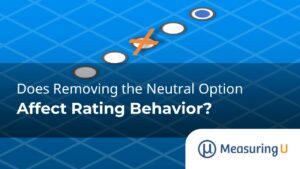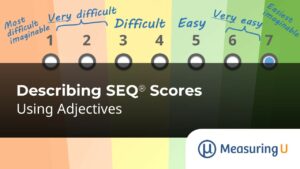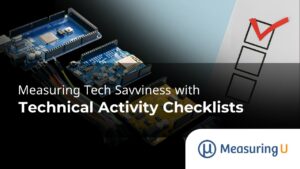
UX and NPS Benchmarks of Home Improvement Websites (2023)
The home improvement industry has experienced continued growth in the United States over the last several years, with market value projected to exceed $600 billion by 2025, according to Statista. Since the COVID-19 pandemic forced people into lockdowns in 2020, interest has increased in do-it-yourself (DIY) projects such as painting, remodeling, and landscaping, contributing to








